Types of Camera we Use.
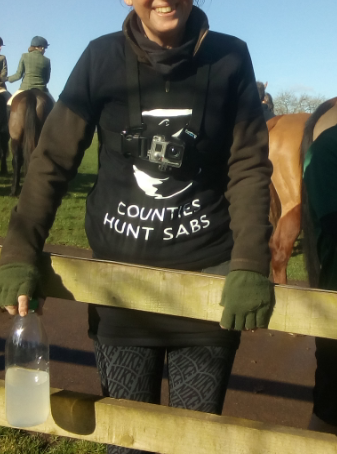
Body Camera: body-worn cameras can be really useful in capturing close-up images and videos, but tend to be less useful in gathering evidential footage of illegal hunting (although having an extra camera running at the time of an offence can sometimes be handy in capturing something that another has missed). Once they are turned on and you have pressed ‘record’ they are hands-free and so you do not have to think as much about them whilst running towards the pack, using your hands for defending yourself / using a whip to stop hounds / opening gates and so on. We tend to use them to film any assaults or threats made against us and so that we don’t have to worry as much about hand-held cameras being grabbed if we are intervening in a dig-out of a badger sett, for example.
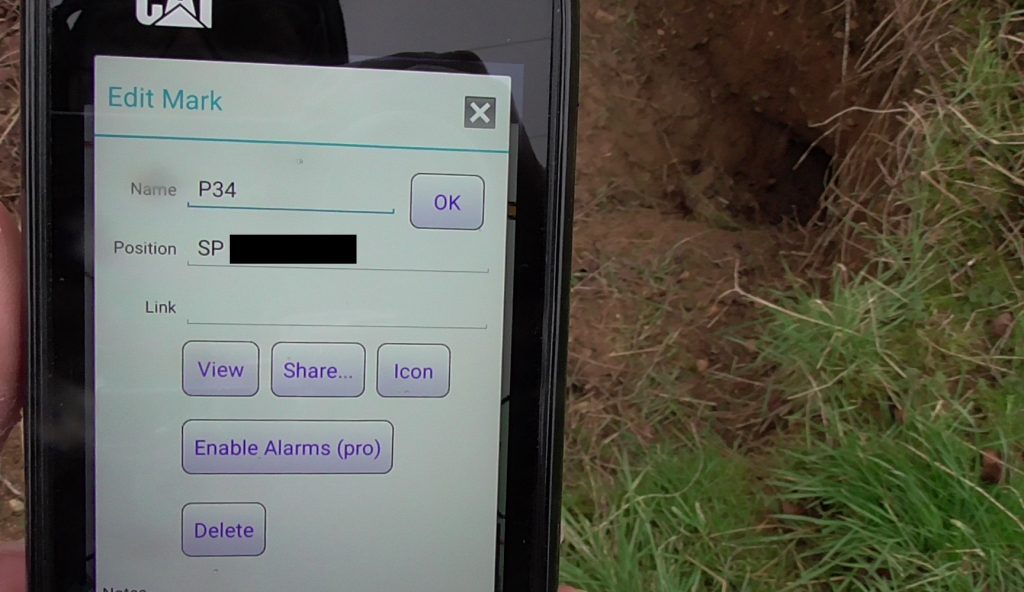
Mobile Phone: phones can be very handy in the field, but they generally also contain lots of personal information and are a nightmare to lose or have broken, so we don’t rely on them so much. Many of us carry ‘field phones’ which are phones that we do not use for personal reasons, so we don’t log-in to social media or our emails, etc. from them. There are obvious uses for mobile phones, such as calling emergency services in case of assaults or if someone requires medical help or hounds have gone on to live railways, etc. and they can be a good back-up if they have a camera on them. We usually use them in emergencies, if radios have bad reception and we need to contact other members of the group and in situations where we need to take evidential photos (where we have found blocked setts or evidence of a kill and so on) and also use them to prove grid references and locations where needed (through apps such as What3Words, MemoryMaps and GridRef). They are generally not used for filming where there is a risk that they will get grabbed and broken or stolen.
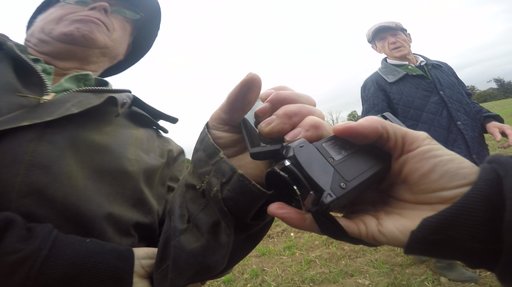
Camcorder: camcorders / handycams are more useful in general for gathering evidence. They are used to film the hunt from near or far, can zoom in on running foxes, potential dig-outs, even be used when you think you can see the hunt in the distance and want to check if you’re correct without searching for binoculars. They are an absolute must-have for many groups and, for some hunts, they end up being a sab tactic on their own (more on this later in the article). They are at risk of getting grabbed, of course, which is why having a back-up body-worn camera can be helpful (either in putting someone off causing damage or by evidencing someone doing so).

Dashcam: especially if a vehicle is to be left anywhere, dashcams are extremely useful. They don’t always prevent someone from damaging a vehicle but can help to identify someone who has done so. Foxes running from the hunt can be caught on them if they cross the road in front of you (or hunt supporters pointing out where a fox has run to hunt staff), dangerous driving can be caught on camera and, like with body-worn cameras, they are hands-free so once they are plugged in* and filming, even a driver on their own will be more protected without having to try to film while in charge of the vehicle.
*we usually plug our camera into a powerbank so that it can run even when the vehicle engine is turned off. You can also get cameras which are wired in so that they run whenever you turn them on and there is battery for them to do so
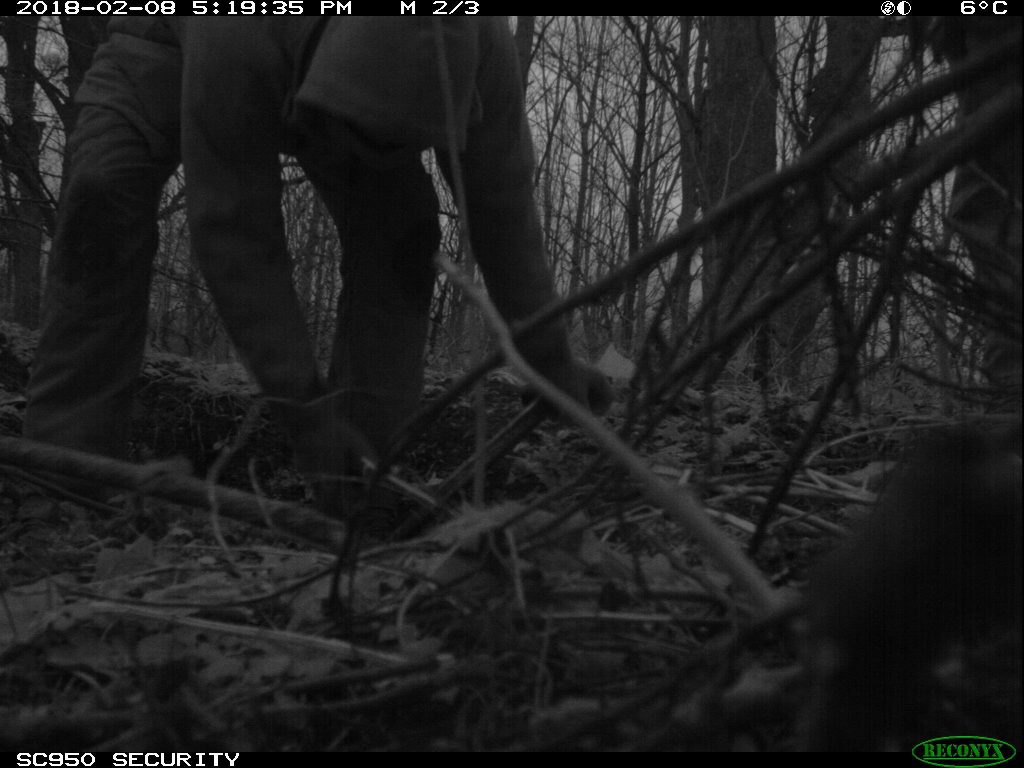
Trail Camera: we sometimes stake out certain badger setts and artificial earths… we sometimes put up trail cameras to gather evidence for us of any tampering with setts and so on when we can’t physically be there ourselves. Knowing that we use them can prevent people from taking part in such activities (or to a lesser extent than they otherwise would) and footage from them, when added to other evidence gathered, can build a bigger picture of what is going on in an area.
Why we Choose to Film.
One of the main purposes of filming whilst we are out at hunts, shoots, culls and so on is to raise awareness. We want to be able to show what goes on in the fields and spread the message about it, backed up with evidence gathered.
This also goes on to be used, in some situations, as legal evidence for court cases, though the Hunting Act, for example, is written in such a way that it is hard to gain enough evidence of illegal hunting in exactly the right way to prove that intentional illegal hunting was taking place. It is still worth filming and trying, especially as footage can be released online and through the press showing what has happened.
There are numerous false accusations made against our group, never backed up with any evidence… and so it is very helpful for us to film our activities as well as what hunters, shooters and so on are doing – in this way, when a false claim is thought up about our group or individuals in our group, we can show evidence to disprove what has been said.
For some hunts, us using cameras is a very successful sabbing tactic on its own. If we have caught a fox on camera it can sometimes make a hunt think twice about giving chase, or delay them in doing so whilst they take a different route to attempt to pick up on a fox’s scent (giving a fox longer to make their escape). Many dig-outs have been intervened in, with cameras playing a large part in ensuring terriermen and friends leave the area – if they didn’t think we were filming they would likely carry on as they were, not worried about evidence being gathered of their activities.
All in all, filming can act as a deterrent or gather evidence for when offenders do not feel detterred.
What do we Focus on?
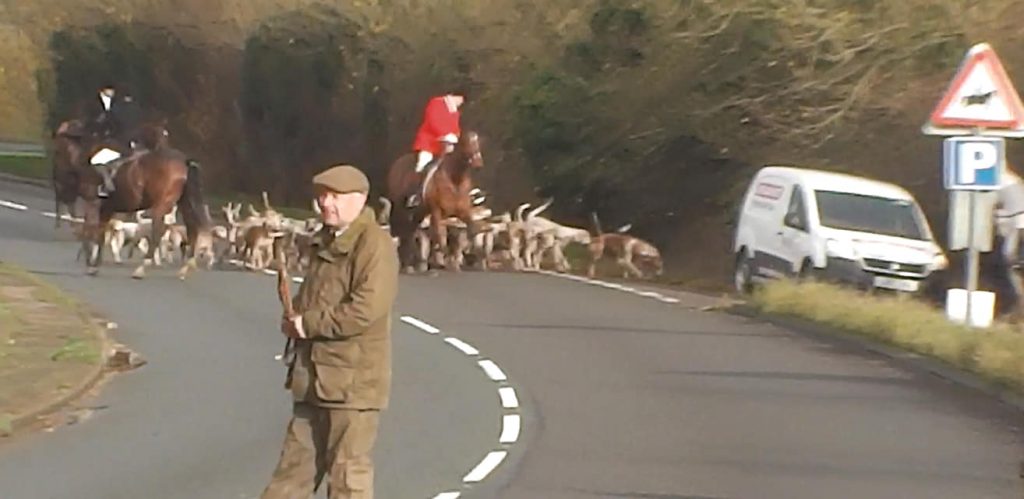
Contrary to popular pro-hunt myth, we do not have an interest in filming children and we don’t think that any pedophiles out in society would believe a hunt meet to be the best place to find and watch children (especially on mid-week hunt meets). What we do focus on when filming is hunt staff (as we would need to show who was in charge of the hunt for the day in case of anything going to court or being reported to the authorities) and the hounds. They are more important than the car or foot followers and more important than the mounted followers – hunt staff and hounds are the ones doing the hunting, they are our focus.
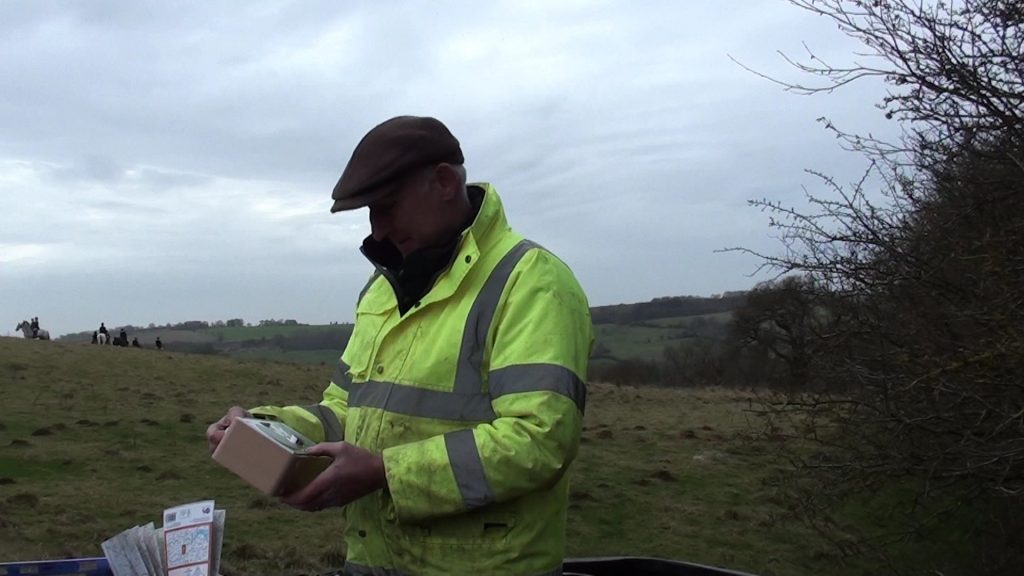
Of course foot, mounted and car followers will be filmed if they, too, are committing offences and we have even caught hunt supporters telling young children to ride or stand in front of us so that we cannot film the hunt as easily (and so parents and other adults can try to distract us by arguing with us about filming children… which we still don’t do – we’d just film around them or get into a different filming position). We also get ‘stalked’ at various hunt meets by certain members of the hunt who are there to relay our location and activities back to hunt staff and to make noise, etc in order to stop foxes running in our direction and to prevent us hearing and filming hunt staff and their voice / horn calls and the hounds. They will also be filmed, so that we can prove our actions and any interaction with the stalkers – footage of loud music being played and car engines being revved was used in the court case against the Heythrop Hunt, as evidence of hunt supporters trying to cover up the hunt’s illegal activities.
Other members of the hunt include terriermen and their friends and part of a hunting day may involve the flushing of foxes from artificial earths and the blocking and/or digging-out of badger setts and fox earths. As with filming the activities of the hunt staff and the pack of hounds, we also gain evidence of what terriermen and their friends get up to.
How do we Film?
To a large extent we would need to be in a similar position for filming and for other sabbing tactics, such as rating the pack (telling the hounds off with voice and whip) and covering the fox’s scent with citronella spray or similar scent. Filming can also happen when sabbing is not possible – for example if we haven’t managed to get into a position where we can physically intervene or we are not in a safe place to attempt to call the pack to/wards us. Getting into a good position for both / either sabbing and/or filming is extremely important and means knowing how hunting works on at least a basic level.
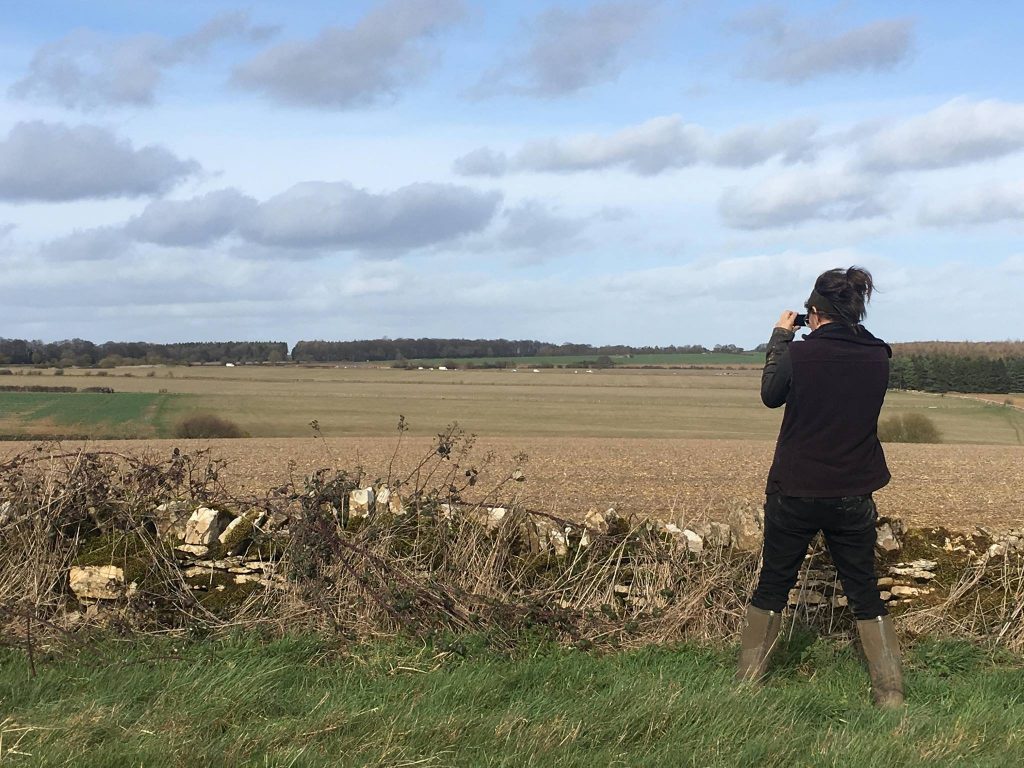
Some groups choose to have a camera person with a camcorder, whereas others (like our own) have more than one person with a camera, whether that is a body-worn camera or a camcorder. Sometimes having people film a wider shot whilst another zooms in on a fox or kill or dig-out or faces of hunt staff / terriermen present can be really useful as it gives a better picture of what is going on without one person having to try to film the whole lot. Having a camera does not prevent you from using other sabbing tactics – it is merely another tool which you can choose to use depending on the situation.
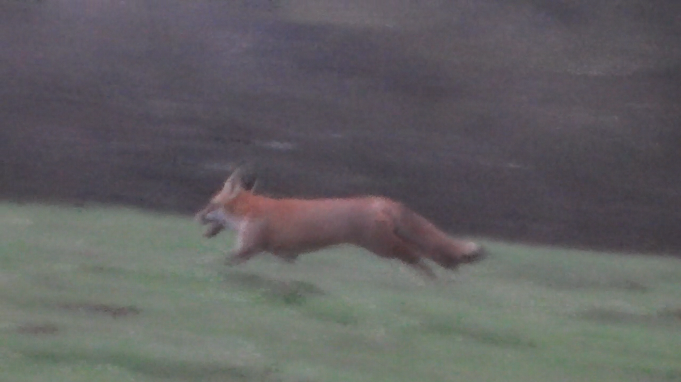
Pre-record functions exist on some cameras and can be useful if you don’t want to film constantly. Basically you turn the option on and point the camera to where you think something might happen (or have the camera by your side if you think someone might attack you or say something). The camera will then start ‘remembering’ what is going on and, when you press ‘record, will automatically save footage from three seconds before you pressed record – enough time to catch that fox who ran across your path or the road in front of you, enough time to record that supporter threatening you, enough time to capture that holloa in the distance telling huntsman where a fox has run or the huntsman blowing for the kill. This option does use up more battery however, so ensure you have a couple of spare ones handy for use throughout the day.
Speaking of using up battery (and memory) some camcorders will continue to film even if the screen is closed on them. This can be useful if a hunt supporter knocks the screen closed, as you will still gain footage of them doing so and of what you had been trying to film at the time, but it can be a nightmare if you have forgotten to stop recording before closing your screen as you will waste battery and memory card space by filming in your pocket / car for however long until you notice.
Some other basic tips for using cameras (most specifically camcorders) out at a hunt:
- focus on where you predict the action will take place for less panning and shaking – for example, if the hunt are drawing through a wood, focus on where you think a fox will break covert from
- use an image stabilisation option if the camera offers it – footage will then show smoother filming instead of shaking, especially when zoomed in further
- don’t zoom in and out where possible – zoom in as smoothly as you can to a fox running, kill site or other incident and try to not zoom out and in again repeatedly – know what you want to catch on camera, zoom in to a fox for example then out to an extent to show hounds following the line of the fox’s scent and huntsman in charge of the pack – it will be easier with practice
- stay calm and steady as much as possible – remember how important footage quality will be in raising awareness and potentially in legal action – focus and breathe
- take spare SD (memory) cards and have a safe storage space (inside zipped pockets and so on) for any that you have filmed evidence on
- give copies of footage to police, not original memory cards, etc. – you at least need a copy of what you have gathered yourself to ensure nothing gets lost
